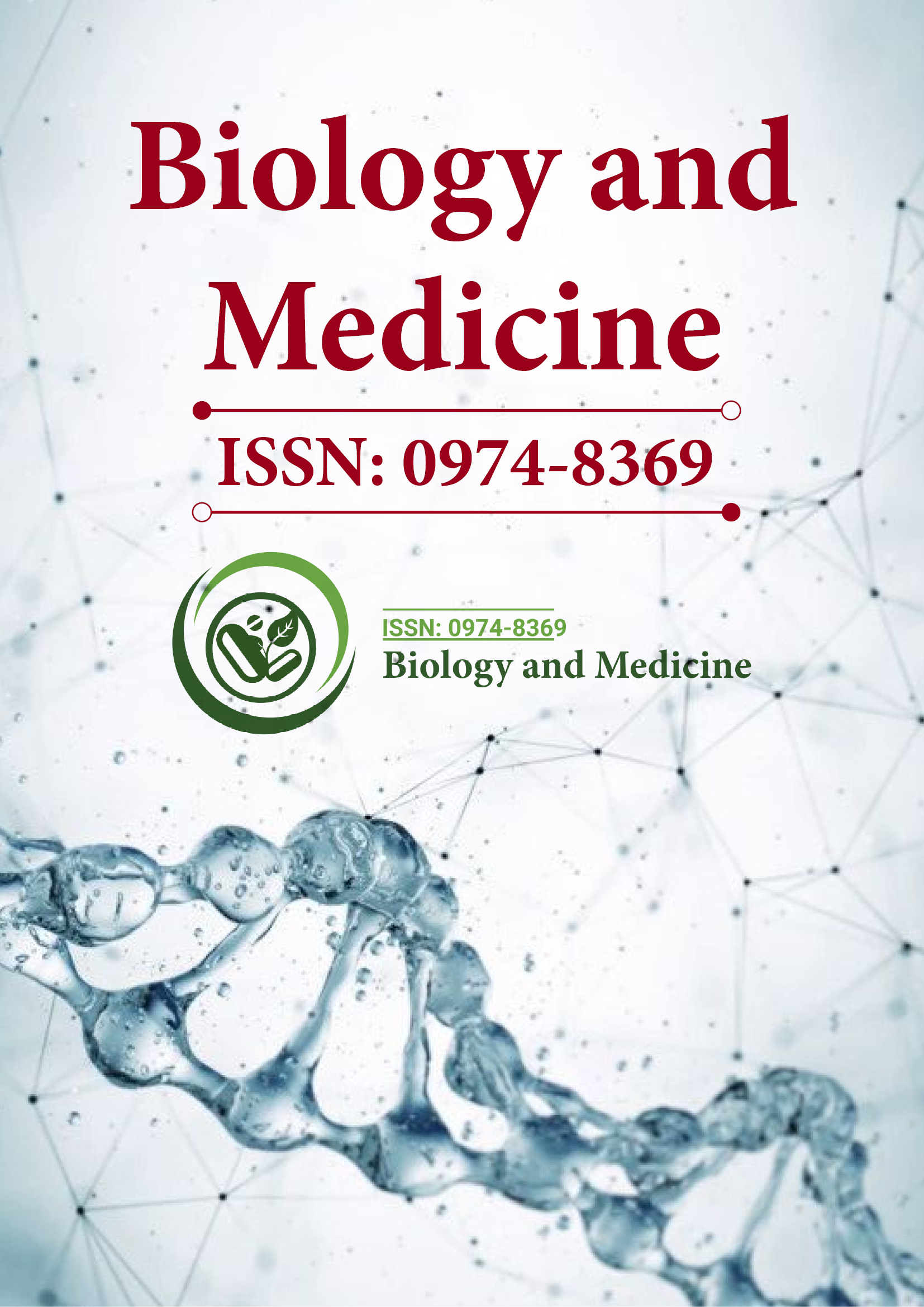インデックス付き
- Jゲートを開く
- Genamics JournalSeek
- サイテファクター
- コスモスIF
- シマゴ
- ウルリッヒの定期刊行物ディレクトリ
- 電子ジャーナルライブラリ
- レフシーク
- ハムダード大学
- エブスコ アリゾナ州
- 雑誌の抄録索引作成ディレクトリ
- OCLC-WorldCat
- プロクエスト召喚
- 学者の舵取り
- 道
- 仮想生物学図書館 (vifabio)
- パブロン
- ジュネーブ医学教育研究財団
- Google スカラー
このページをシェアする
ジャーナルチラシ

概要
Syndecan-1 and Thrombomodulin are Early Biomarkers for Development of Endotheliopathy in Trauma and Hemorrhagic Shock
Tiffani C. Chance1*, Michael A. Meledeo1, Andrew P. Cap1, Daniel N. Darlington1, James A. Bynum2, Xiaowu Wu1
The causes of endotheliopathy are multifactorial and trauma dependent, and the temporal mechanistic link that it has with Acute Traumatic Coagulopathy (ATC) has yet to be fully determinutesed. Therefore, we sought to define early characteristics and markers of endotheliopathy in two rat models, a time-course of acute lethal hemorrhage shock and polytrauma with hemorrhagic shock, to answer the following questions: (1) How soon can elevated biomarkers of endotheliopathy be detected in non-survivable (decompensated) hemorrhagic shock; (2) Does extended hemorrhage time and accumulated hemorrhage impact biomarker levels; and (3) Does the addition of polytrauma contribute to the further elevation of said biomarkers? In this study, we delineated a significant, acute elevation in end plasma levels of syndecan-1, thrombomodulin, and heparan sulfate, whose shedding patterns are a function of time as well as total hemorrhage volume vs. the addition of polytrauma. Additionally, we found that correlation of syndecan-1 and thrombomodulin to lactate levels and prothrombin times at trauma end revealed a potential for these markers to acutely predict downstream consequences of these trauma indications. Our results are of great relevance to the continued effort towards the identification and characterization of vascular dysfunction for early interventions in combat casualty care.